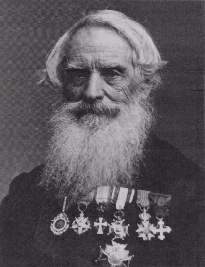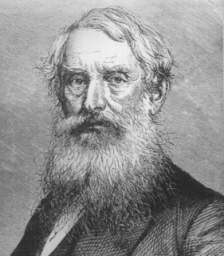A page dedicated to Samuel Finley Breese Morse (1791-1872)
 |
 |
A short biography
S.F.B. Morse was an American artist and inventor, who became famous for his invention of the electric telegraph and the corresponding Morse code.
Morse was born on April 27, 1791 in Charlestown (which is now a part of Boston) Massachusetts. He was a student of the well-known Yale University (although is was named Yale College in those early days). In London he studied painting and became a successful portrait painter and sculptor. In 1825 he was one of the founders of the National Academy of Design in New York and in the following year he became the first president of the institution and afterwards professor of painting and sculpture in the New York University in 1932. It was in that period that he got interested in chemical and electrical experiments. In 1933 he filed a caveat (legal notice) at the Patent Office in Washington, D.C. and tried to obtain European patents for his apparatus, the latter without success, however.
In 1934 the Congress of the United States appropriated 30,000 $ for Morse to construct a telegraph line on experimental base between Washington, D.C. and Baltimore, Maryland. On May 24, 1844 Morse sent his first message : "What hath God wrought!" and Morse was subsequently involved in much litigation over his claim to the invention of the telegraph. The courts decided in his favour and he received many honours. Later on, he experimented with submarine cable telegraphy. Morse died on April 2, 1872 in New York.
Morse code as a mode of communication in our days
Despite the development of new digital systems for communication, the Morse code is still used by many ham operators in every part of the world, and not purely for nostalgic reasons. Indeed, the electronic equipment that is required to transmit and receive Morse signals (mostly referred to as CW, Continuous Wave) is not as complex as it is for phone. Another advantage that certainly cannot be neglected is the fact that a dit or dah, coming out of the speaker of the receiver, still can be read without problems where speech signals have to be strong and distinct enough in order to be understandable. And there is the fact that due to the transmission of a one-tone signal only a little part of the electromagnetic spectrum is used, so more stations can operate in a relatively small frequency range. Only a little effort of concentration is needed to get the message and that's what it is all about, isn't it ...
It is true that in order to understand Morse code, a lot of practice is needed, but almost everyone is able to learn it. And in recent years, many computer programs have been developed to help the interested ham-operator ...